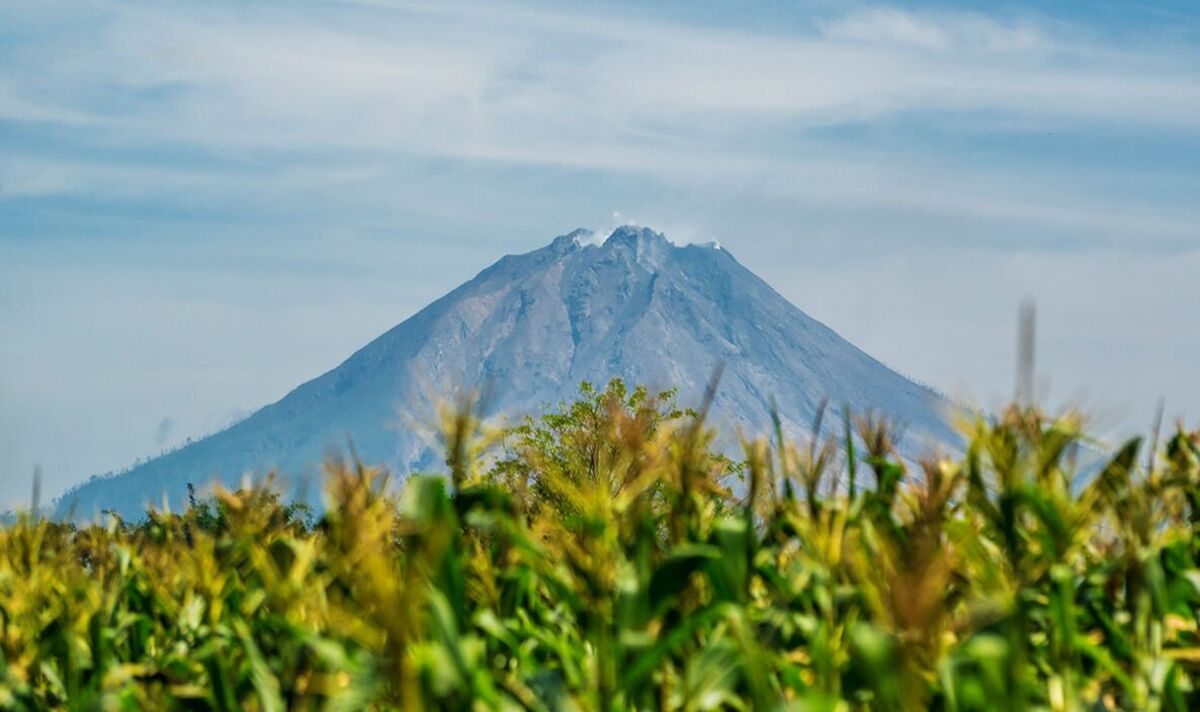There are around 1,350 potentially active volcanoes around the world, many of which have only recently left dormancy after hundreds of years.
Mount Sinabung is once such a volcano, a huge protrusion around 25 miles from the Lake Toba supervolcano in Indonesia. Before 2010, Sinabung’s last known eruption occurred 1,200 years ago, between 740 and 880 CE.
It was, experts believe, a massive event that left deep scars on the mountain’s slopes that can be seen even today. Now, geologists believe that Sinabung is gearing up to explode once more, though to what extent and how violent this may be is unknown.
Educational channel GeologyHub predicts that another “highly explosive” eruption could occur at the site again this year. Sinabung is believed to share some form of “deep connection” with the Toba supervolcano’s magma chamber.
After the 2021 eruption, Sinabung didn’t show any signs of life for another two years when, on December 22, 2023, continuous background harmonic tremors were detected.
The tremor continued for four days and was accompanied by an increase in tectonic earthquakes between Toba and Sinabung.
“As a result,” noted GeologyHub, “Sinabung could erupt at some time in 2024.”
On August 29, 2010, Sinabung erupted for the first time in 400 years. It was a momentous event and one that confirmed what geologists and volcanologists believed to be the case: that Sinabung was waking up again.
Activity in and around the site had hinted at this in the months running up to 2010, though the extent to which it erupted could never have been predicted.
Since that point, eruptions have happened at Sinabung almost every year.
In some cases, people have died, like in 2014 when 16 people were killed just after residents living more than five kilometres from the mountain had been allowed to return home following a lack of recent volcanic activity.
Volcanologists believe that Toba erupted around 74,000 years ago during the Late Pleistocene at the site of present-day Lake Toba.
It was, they say, one of the largest known explosive eruptions in the Earth’s history, and what followed has been coined as the Toba catastrophe theory.
The catastrophe, so the theory goes, resulted in a severe global volcanic winter that lasted between six and ten years, and contributed to a cooling period of 1,000 years.
This in turn led to a sharp decline in the global population, something known as a genetic bottleneck.
While there is no indication that an eruption at Sinabung will spark activity in Toba, any activity in the area will be a cause for concern for local people and volcanologists alike.
